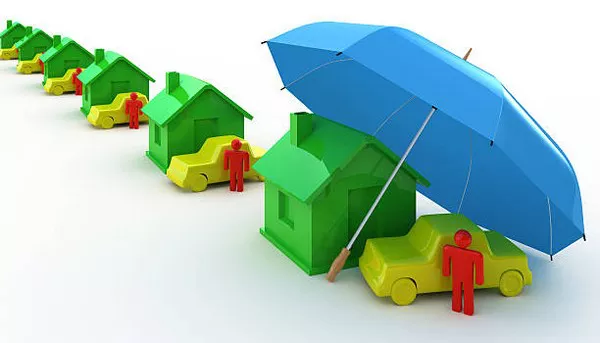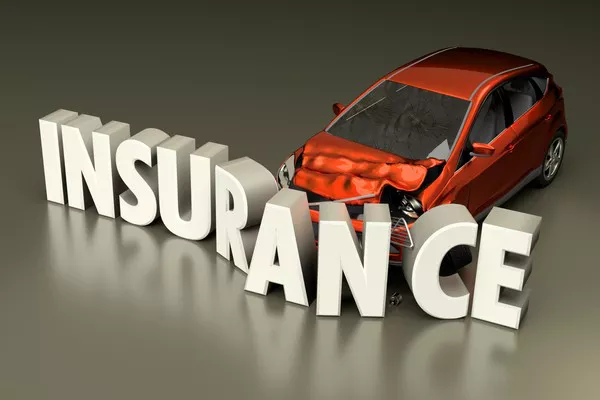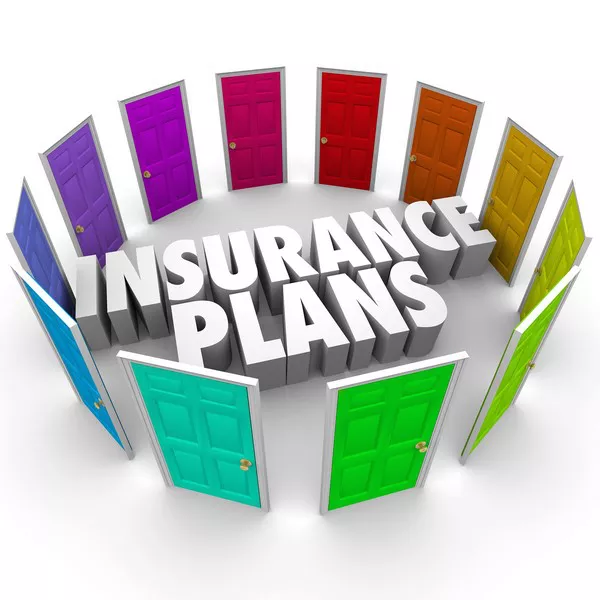Purchasing a home is a significant milestone for many individuals and families. Alongside the joys of homeownership come responsibilities, including protecting oneself from potential financial liabilities that could arise from accidents or incidents on the property. This is where liability insurance plays a crucial role. In this comprehensive guide, we will delve into what liability insurance covers for homeowners, its various aspects, common scenarios covered, limitations, and additional options available.
Defining Liability Coverage
Liability coverage is a fundamental component of most homeowners’ insurance policies, designed to shield homeowners from financial responsibility in situations where they are found liable for injuries or damages to others occurring on their property. This coverage extends to both bodily injury and property damage caused by the homeowner, family members, or even pets.
Common Examples of Covered Situations
Liability insurance encompasses a wide range of scenarios where homeowners may be held liable for injuries or property damage to others. Here are some common examples:
Guest Injury: Imagine a guest tripping and falling on your porch due to a loose plank.
Pet-Related Incidents: Your dog unexpectedly bites a neighbor’s child during a friendly visit.
Property Damage: A tree on your property falls during a storm, damaging your neighbor’s parked car.
Pool Accidents: A visitor to your home is injured while swimming in your pool due to a slip and fall.
These situations highlight the importance of liability coverage in protecting homeowners from unexpected financial burdens resulting from accidents.
Coverage Limits
Liability insurance comes with predefined coverage limits, typically expressed as a specific dollar amount per occurrence. For instance, a policy might offer $100,000 in liability coverage per incident. It’s crucial for homeowners to understand these limits because any costs exceeding the coverage limit may need to be paid out of pocket.
Defense Costs
In addition to covering damages up to the policy’s limit, liability insurance also includes provisions for legal defense costs. If a lawsuit is filed against the homeowner for an incident covered by the policy, the insurance company will generally cover expenses related to legal defense. This aspect of liability coverage is essential, as legal fees can escalate quickly during litigation.
Additional Coverage Options
Some homeowners may opt for additional liability coverage options to enhance their protection beyond the standard policy limits. These options include:
Personal Umbrella Insurance: Provides higher limits of liability protection, typically starting from $1 million and extending upwards.
Specialty Coverage: Covers specific activities or assets not fully covered by standard policies, such as using a boat or conducting a business from home.
These supplemental coverage options offer peace of mind by extending financial protection against catastrophic liabilities.
Exclusions and Limitations
While liability insurance provides broad coverage, it’s essential to be aware of its exclusions and limitations. Common exclusions include:
Intentional Acts: Deliberate actions resulting in harm to others are typically not covered.
Business Activities: Liability related to certain business activities conducted from home may require separate commercial insurance.
Property Damage: Damage to the homeowner’s own property is generally excluded under liability insurance.
Understanding these exclusions helps homeowners manage expectations regarding what liability insurance will and will not cover.
See Also: Rental Property Insurance: Coverage & Factors
Importance of Reviewing Policy Details
Reviewing the specifics of a homeowner’s insurance policy is crucial to fully grasp the extent of coverage and any limitations. Homeowners should carefully examine their policy documents and seek clarification from their insurance agent if they have any questions or concerns. This proactive approach ensures that homeowners are adequately informed about their insurance coverage.
Additional Tips
Beyond insurance coverage, there are practical steps homeowners can take to minimize liability risks:
Maintaining Property: Regularly inspect and maintain the property to prevent hazards such as uneven walkways or overgrown shrubbery.
Signage: Use clear signage to warn visitors of potential dangers, such as wet floors or uneven steps.
Education: Educate family members, especially children, about safety protocols to reduce the risk of accidents.
By implementing these measures, homeowners can create a safer environment and reduce the likelihood of liability claims.
Conclusion
Liability insurance is a vital component of homeownership, offering financial protection against unexpected events that could lead to costly legal liabilities. By understanding what liability insurance covers, including common scenarios, coverage limits, defense costs, additional options, and exclusions, homeowners can make informed decisions about their insurance needs. Regular review of policy details and proactive risk management are key to ensuring adequate protection and peace of mind in the event of an unforeseen accident or injury on their property.
[inline_related_posts title=”You Might Be Interested In” title_align=”left” style=”list” number=”6″ align=”none” ids=”2796,2860,2793″ by=”categories” orderby=”rand” order=”DESC” hide_thumb=”no” thumb_right=”no” views=”no” date=”yes” grid_columns=”2″ post_type=”” tax=””]





















